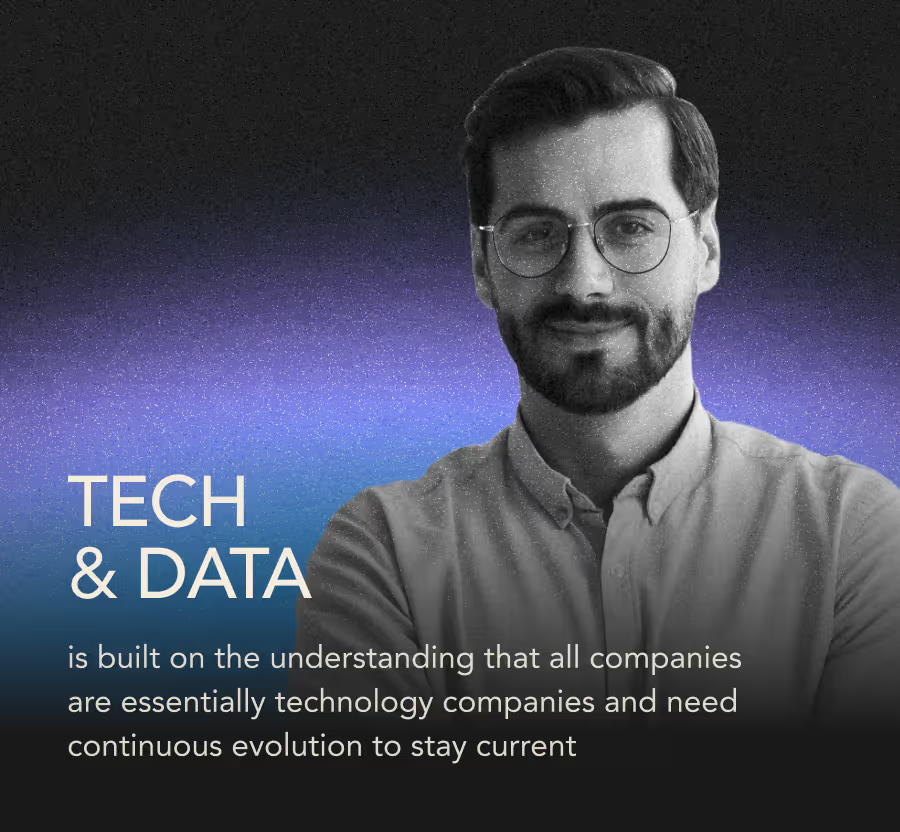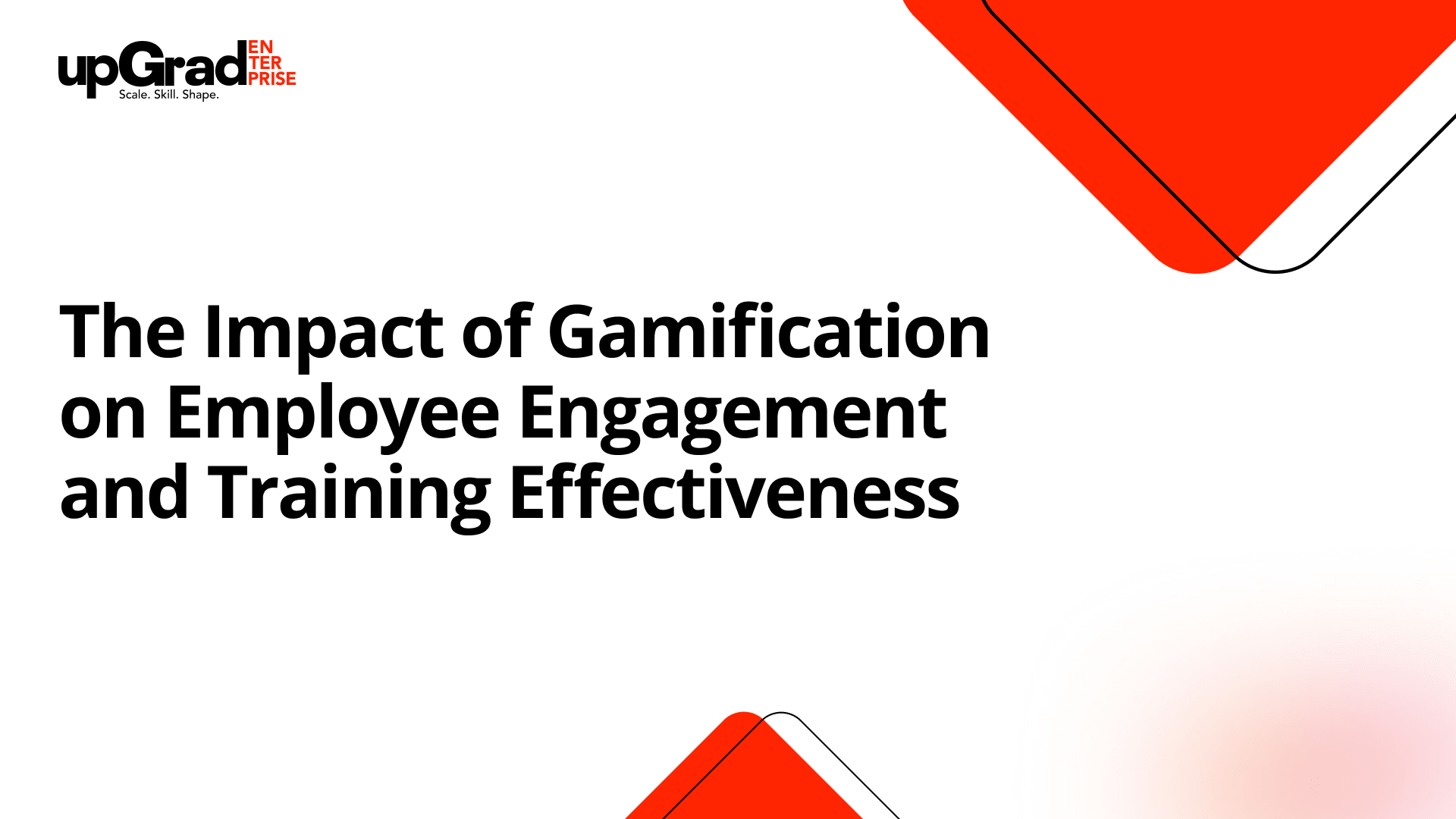In today’s fast-paced workplaces, traditional training methods often fail to spark lasting engagement or drive real outcomes.
That’s where gamification in employee training is gaining ground—bringing in elements of play to improve learning and boost motivation.
By blending behavioral science with engaging game mechanics, gamified learning is transforming how organizations approach upskilling.
Companies like upGrad Enterprise are leading this shift by designing immersive, goal-driven training experiences that align with both business and learner needs.
Here’s the next section written in sentence case, SEO-optimized, with natural keyword usage and clear structure:
What is gamification in employee training?
Gamification in employee training refers to the use of game-like elements—such as points, badges, leaderboards, and challenges—to make learning experiences more engaging and effective.
It doesn’t mean turning training into a video game, but rather using psychological triggers like competition, achievement, and reward to improve learner motivation and participation.
Understanding the concept
- Gamification vs. game-based learning: While game-based learning involves using actual games for education, gamification simply adds game mechanics to existing training modules or processes.
- Purpose-driven design: Effective gamification is not about fun for fun’s sake. It’s about improving outcomes like knowledge retention, completion rates, and learner satisfaction.
The behavioral science behind it
- Motivation theory: Gamification taps into both intrinsic (personal satisfaction) and extrinsic (rewards and recognition) motivators.
- Dopamine loops: Just like in games, earning points or unlocking achievements activates the brain’s reward system, keeping learners engaged.
- Self-determination theory: When employees feel autonomy, mastery, and purpose, they’re more likely to stay committed to learning goals.
By aligning these psychological principles with business goals, companies like upGrad Enterprise are building learning experiences that not only inform but inspire action.
Why gamification works for modern employees
Today’s workforce expects learning to be as intuitive and rewarding as the digital experiences they engage with daily. Static slide decks and long video modules no longer hold attention—especially for millennials and Gen Z employees. Gamification in employee training addresses this gap by making learning more interactive, personalized, and meaningful.
Adapting to changing learner behaviors
- Shorter attention spans: Microlearning and bite-sized challenges keep learners engaged without overwhelming them.
- Digital fluency: Gamified platforms feel more natural to employees accustomed to mobile apps, streaming, and social media.
- Remote and hybrid learning: Game mechanics bring energy and consistency to virtual training environments.
Business benefits of gamified training
- Boosts motivation: Real-time feedback, badges, and visible progress create a sense of achievement.
- Increases knowledge retention: Studies show learners retain more information when it’s delivered through interactive experiences.
- Encourages healthy competition: Leaderboards and point systems drive performance without the need for micromanagement.
- Improves completion rates: Employees are more likely to finish courses when they feel challenged and rewarded along the way.
How to apply gamification in employee training
The success of gamification depends not on flashy features, but on how thoughtfully it is integrated into the training process. The goal is to align game mechanics with learning objectives and employee behaviors. Here’s how organizations can bring gamified learning to life.
Core game elements you can integrate
- Points, badges, and leaderboards (PBLs)
Reward learners for completing tasks, scoring high on quizzes, or finishing modules early. This builds a sense of progress and recognition.
- Progress bars and milestones
Visual indicators of progress keep learners motivated and help them track how far they’ve come—and how close they are to the finish line.
- Challenges and missions
Assign role-based quests or real-world scenarios that require critical thinking and collaboration. This makes training more engaging and application-driven.
- Instant feedback
Immediate responses to quiz answers or scenario-based decisions help reinforce learning and boost learner confidence.
Tools and platforms that support gamification
- Learning management systems (LMS) like TalentLMS, Docebo, and 360Learning come with built-in gamification features.
- Mobile learning apps such as Kahoot!, Quizizz, or Duolingo for Business offer plug-and-play gamified microlearning experiences.
- Custom integrations through platforms like upGrad Enterprise allow businesses to create role-specific, gamified learning journeys tailored to their workforce.
Whether you're building a compliance training or a leadership development program, choosing the right mechanics and tools is key to making gamification effective and scalable.
Best practices for implementing gamification in your training program
Gamification is more than adding points and badges. To truly enhance engagement and training outcomes, it must be aligned with learning goals, employee context, and business objectives. Below are proven strategies for a successful rollout.
Start with clear learning objectives
- Define the knowledge, skills, or behaviors you want to develop.
- Align game mechanics (e.g., quizzes, simulations, rewards) to these goals.
- Avoid gamification for the sake of it—ensure each element supports learning impact.
Personalize the experience
- Allow learners to choose learning paths or unlock content at their own pace.
- Segment content by roles, departments, or experience levels.
- Incorporate adaptive feedback based on learner performance.
Promote collaboration alongside competition
- Include team challenges or group missions to build social engagement.
- Balance leaderboards with collaborative activities to avoid isolating low performers.
- Recognize both individual and team-based achievements.
Avoid common pitfalls
- Don’t overcomplicate the game mechanics—it can distract from learning.
- Avoid one-size-fits-all design; what works for sales teams may not suit technical roles.
- Ensure inclusivity in design—avoid cultural or gender bias in badges, themes, or language.
Blend with other learning formats
- Combine gamification with instructor-led training, webinars, or peer coaching.
- Use gamified assessments to reinforce learning after live sessions.
- Keep the experience seamless across mobile, desktop, and offline formats.
By following these best practices—and working with partners like upGrad Enterprise who understand your industry and workforce needs—you can design gamified learning that’s scalable, inclusive, and results-driven.
Expert opinions and emerging trends in gamified training
As workplace learning evolves, gamification continues to be at the forefront of innovation. Thought leaders in organizational psychology and L&D strategy believe its impact goes far beyond engagement—it’s about shaping behavior and driving long-term capability building.
What experts are saying
- Dr. Karl Kapp, author of The Gamification of Learning and Instruction, emphasizes that meaningful gamification taps into autonomy, mastery, and purpose—three pillars of adult learning.
- Organizational psychologists agree that gamified systems work best when they promote learner agency, not just reward completion.
- Experts at upGrad Enterprise suggest that game-based elements work particularly well when embedded into continuous learning journeys, not one-off events.
Key trends to watch
- AI-powered personalization
Gamified platforms are now using AI to adapt content, challenges, and pacing based on individual performance and preferences.
- Immersive simulations using AR/VR
Virtual reality-based gamification is enabling hands-on practice in high-stakes or technical training—such as safety drills or leadership simulations.
- Gamification for remote and hybrid teams
With the rise of distributed workforces, companies are gamifying virtual onboarding, compliance, and team-building programs to create cohesive learning experiences.
- Social and peer-driven learning mechanics
Features like peer leaderboards, team challenges, and reward-based knowledge sharing are becoming common in modern LMS platforms.
Final thoughts
Gamification is no longer a buzzword—it’s a strategic tool that’s reshaping how employees learn, engage, and perform. From increased motivation to measurable ROI, the benefits of gamification in employee training are both psychological and practical. When implemented thoughtfully, gamified learning can foster long-term behavioral change, build skills faster, and keep learners actively involved.
For HR professionals, L&D teams, and training consultants, now is the time to reimagine your learning programs through the lens of game mechanics and learner psychology. Whether you're looking to improve onboarding, compliance, sales enablement, or leadership development, gamification offers a proven path to higher engagement and effectiveness.
If you’re exploring scalable, enterprise-grade solutions that blend gamification with deep learning strategy, upGrad Enterprise can help you build future-ready teams with customized, measurable training programs.
FAQs
What is gamification in employee training?
Gamification in employee training involves using game-like elements—such as points, badges, leaderboards, and challenges—to make learning more engaging and effective. It motivates employees through rewards, progress tracking, and interactive tasks that improve knowledge retention and participation.
How does gamification improve training outcomes?
Gamification boosts training effectiveness by increasing learner engagement, improving motivation, and promoting better retention. Employees are more likely to complete courses, apply what they've learned, and feel more invested in their growth.
Is gamification effective for remote or hybrid teams?
Yes, gamification is especially effective in remote or hybrid environments. It helps replicate a sense of collaboration, competition, and recognition—bridging the gap often felt in virtual learning setups.
Can gamification be used in compliance or mandatory training?
Absolutely. Many organizations use gamification to improve completion rates for compliance training by making content less tedious and more interactive. It encourages learners to stay engaged and reduces drop-off.









